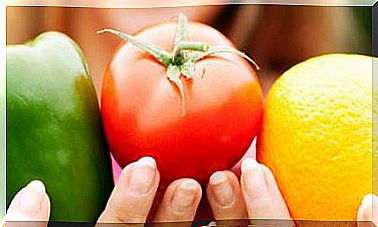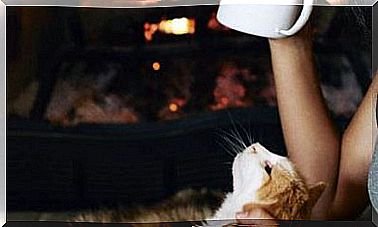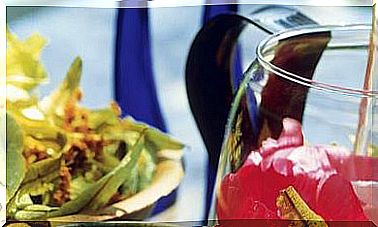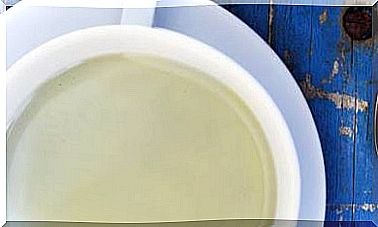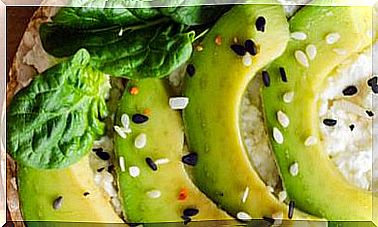It Can Be Raised Without Porridge. What Is Baby-led Weaning?
Baby-led weaning, or complementary feeding on demand, is a trend in attachment parenting and the most natural alternative to baby food.

We are experiencing a little revolution on how to raise children. It is the so-called natural or attachment parenting, which includes forgotten habits such as carrying instead of the stroller, co-sleeping and long-term demand breastfeeding.
It is also common in this trend to follow the baby-led weaning (BLW) system when the child begins to drink something other than milk. Baby-led weaning could be translated as complementary feeding on demand.
It is characterized by the fact that the baby is offered food in pieces, so that it is the child himself who chooses them, grabs them, puts them in his mouth and decides how much to eat, instead of giving them porridge or purees spoon by spoon .
When can the baby-led weaning start?
According to WHO recommendations, exclusive breastfeeding should be maintained for up to 6 months. In the first moments, complementary feeding does not yet have a great nutritional weight in the baby’s diet because breastfeeding is still the main food.
It’s easy to just suck, squeeze, and suck at first, and eat very small portions. Every baby is different ; some may be ready to eat foods other than milk at five and a half months, others at eight months.
The 3 keys that indicate that the child is ready to start complementary feeding are the following:
- He can stay seated, even when leaning, and keeps his head up on his own.
- He is able to coordinate his hands to take a food and put it in his mouth.
- He has lost the extrusion reflex : he is able to swallow solid food and does not expel it with his tongue.
The type of food that can be offered in the BLW is very wide, but it is important that they are soft and easy to grip products, as well as avoiding pieces that are too small.
For example, you can offer boiled potatoes, pieces of cooked vegetables (broccoli sprigs, carrots, green beans …), pieces of fruit, bread, large pasta, tofu cubes, meatballs, croquettes, avocado pieces. …
BLW and traditional baby food are not mutually exclusive options. We can give our son a puree and at another time offer him a piece of boiled carrot or a piece of banana.
The advantages of self-regulated feeding
It allows the baby to eat from the beginning at the family table, relaxing the feeling of control and creating a relaxed atmosphere that will encourage a pleasant relationship with food.
The baby can explore shapes, textures, tastes and smells freely, developing the senses. It allows you to know each flavor and texture separately (something impossible with porridge), which makes it easier for you to consume and accept all kinds of food.
We encourage children to progress at their own pace by controlling their appetite and feeling of fullness (according to some studies, if healthy foods are available, they instinctively choose foods that make up a balanced pattern).
There are also some downsides
It takes more time, because the baby eats at his own pace. It also gets dirtier.
Parents may have a greater fear of choking, although there is little risk if the baby is prepared (if he presents the three keys already mentioned) and is in the company of an adult at all times.


